Final Fantasy VII is where one of my favourite annual traditions plays out. Once a year, I go back to this classic PlayStation roleplaying game and try to play it in a different way than the year before. I might attempt a speed run, or rotate my party as frequently or rarely as possible. All these little combinations and avenues send me on different journeys, yielding different results while the largely linear plot unfolds around me. It’s like returning to a favourite novel or film, you see, and uncovering a new meaning or memory that I missed the last time around.
One year, I boldly decided I’d spend 99 hours on the first disc of this three-disc epic, just to see how stupidly strong I could make my party before the party really got started.
Let me be clear, for readers who can see where I’m going with this: Camping on the first disc had nothing to do with holding onto Aeris.
Forget about the arcade stuff of the late 70s and early 80s. Gaming really started and grew up in the bedrooms and basements of the world. The Nintendo Entertainment System (or NES) arrived 30 years ago and brought a mute plumber named Mario into the mainstream with it. If you sucked at Super Mario Bros or Sonic the Hedgehog, then you died. On some of Mario‘s more difficult levels, you could die maybe six times a minute if you were particularly unfortunate. How might you have reacted? Maybe you got mad, maybe you stomped on your controller, but unless you were out of continues, you could just pick up and keep going. Caring was not expected of you.
Final Fantasy VII, building on the success of its immediate predecessor, changed that. You grew to know, understand, and even care about the gang of misfit warriors coming together to save their world from the combined threat of a corporation committing obscene genocidal acts and a sword-swinging, sociopathic enigma bent on bringing hell to all sides. The love triangle between the good-guy soldier Cloud Strife, his childfriend and flickering flame, and a charming flower girl from the slums, was at the beating heart of the 1990s’ most emotionally satisfying game.
Cloud, Tifa, and Aeris. You cared who hooked up with who. You really did. While Sonic was reaching for golden rings, these three were reaching for the squishiest feelings your little heart could muster.
Aeris’ big moment, 12 years into the real timeline of gaming and barely a third of the way into Final Fantasy VII‘s plot, changed everything.
A stab in the back and she ain’t coming back

Fans of these famous characters have been searching for their own promised land – a full FFVII remake – for 15 years.
In an unexpected twist so brutal and raw that George RR Martin might have put down his pen for a moment to applaud its shocking cruelty and warped humanity, the charming Rachel to Cloud’s dithering Ross was slain before the end of the first disc. She died. She actually died. She was not revived with the in-game potions or spells, and she was not walking about in the next cutscene with nary a scratch on her. Actually, she was buried in the next cutscene (which was actually spoiled by the game’s own box art, but it would seem few people understood what they’d seen on the cover slick) and that was it. No more Aeris, just a cast of shattered heroes soaked to the bones with unimaginable grief.
I’m not talking about the in-game heroes, though they were really cut-up too. I mean the players. I readily confessed to one of my school friends that I cried when Aeris was impaled on an unfeasibly long blade by Sephiroth, a world-class narcissist with severe mummy issues, and to my surprise he didn’t look at me like I’d just arrived from planet WTF.
He winced, sighed, and told me he’d cried too. Why would any video game make someone cry, other than out of blind frustration? To answer that one, let’s go all the way back to 2005 to learn from FFVII co-author Tetsuya Nomura:
“I think that death should be something sudden and unexpected. When I reflect on Final Fantasy VII, the fact that fans were so offended by her sudden death probably means that we were successful with her character.”
Bloggers and forum dwellers discussed the death with unusual passion back in the day, and the feeling behind those long threads has never subsided. That is proof of world-class storytelling and incredible imagination. It was hard to experience this story and not be touched deeply. One fan was so profoundly affected that he rushed to good old Angelfire to create an online shrine to honour and farewell this video game character whose brief time in the light had made her an equivalent to Ned Stark in her own universe – a principal character who is not meant to die, and certainly not so soon in the telling of the story. That shrine still exists today, by the way.
An impossible promise
Think about all this through the lens of the modern gamer. We’ve had the privilege to experience perfection over and over again through The Last of Us, Halo: Reach, the Tomb Raider reboot, and more. They look like they feel, and they feel how they look. We’ve had the gravity of situation after situation slammed into our soft guts like a sledgehammer. This is our Hollywood, all hail the new storytellers.
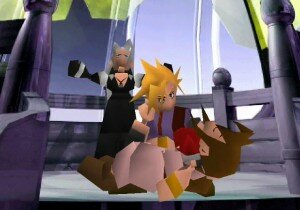
The sudden and cartoony death of Aeris. Why should gaming’s most emotionally raw moment demand such suspension of disbelief when the technology exists to fix it?
Final Fantasy VII looked like a cartoon in 1997. It looked like a cartoon when it was ported to the PC shortly thereafter. It still looked like a cartoon when it arrived on the PlayStation Network a few years ago as a classic download. Worse, it will again look like a damned cartoon when it arrives on the PlayStation 4 this year – not as the fully-remagined remake that fans have been demanding with every new PlayStation console, but as a port of the PC port.
(Truth be told, the original gravity and magnitude of Aeris’ death might have been missed if not for a brilliantly-executed cutscene – please forgive my pun, for it has sinned – and a musical accompaniment that almost brings me to tears in the same way as watching the last few minutes of the great Tom Hanks film Philadelphia does.)
The new tragedy is that 18 years after Final Fantasy VII‘s first arrival, the industry-redefining scenario of Aeris’ death will again look like South Park. In whose right mind is this an acceptable outcome? Why should gaming’s most emotionally-raw moment continue to demand such incredible suspension of disbelief when the technology exists to tell the story as it ought to be told?
Square Enix, developer of the Final Fantasy series, has claimed that a remake will not appear until a new chapter outperforms FFVII in terms of quality and sales. Not only does that sound like a baffling limitation to set, it’s one that is extremely unlikely to happen. Given that a remade FFVII would require all of Square Enix’s soldiers and all of its men, this stipulation is a convenient insurance policy not only to keep the team focused on creating new titles (in spite of popular demand) but for keeping the cash cow fat (in spite of itself.)
Final Fantasy VI, which first saw the light of day 21 years ago on the Super NES, set a standard for storytelling that was hard to see being matched until its successor unlocked that achievement. In the 18 years hence, no Final Fantasy has come close. Not even the superb Final Fantasy X, first seen on the PlayStation 2 a decade ago.
Hear the people sing
If there is a single reason for a remake, it is this: Technical limitations forced players to suspend their disbelief and accept unimaginable fear, pain, and even love, on the faces of characters that only had mouths and hands every other hour. The maturity of the story wasn’t matched by contemporary technology, but it is now and the guardians of Final Fantasy continue to shield their baby from growing up. When every new chapter is inevitably benchmarked against the breakout star of the series, is that wise? What rhythm does Square Enix discern when it hears the drums beating?
An old friend of mine, Dave Willetts, told me he was sure the Japanese developer was “taking the piss” with this development. He’ll buy the PlayStation 4 version nevertheless, bringing to seven the number of different FFVII releases he’ll have owned.
“Not only is [the significance of the seventh purchase] poetic,” he said, “it will also have trophies and I want a platinum trophy to put that game to rest – until a remake, I suppose.”
Games journalist Siobhan Keogh-Dwyer‘s take on the news was more succinct:
I have given up hope. Call me when it’s legit.
It’s hard to disagree with that.

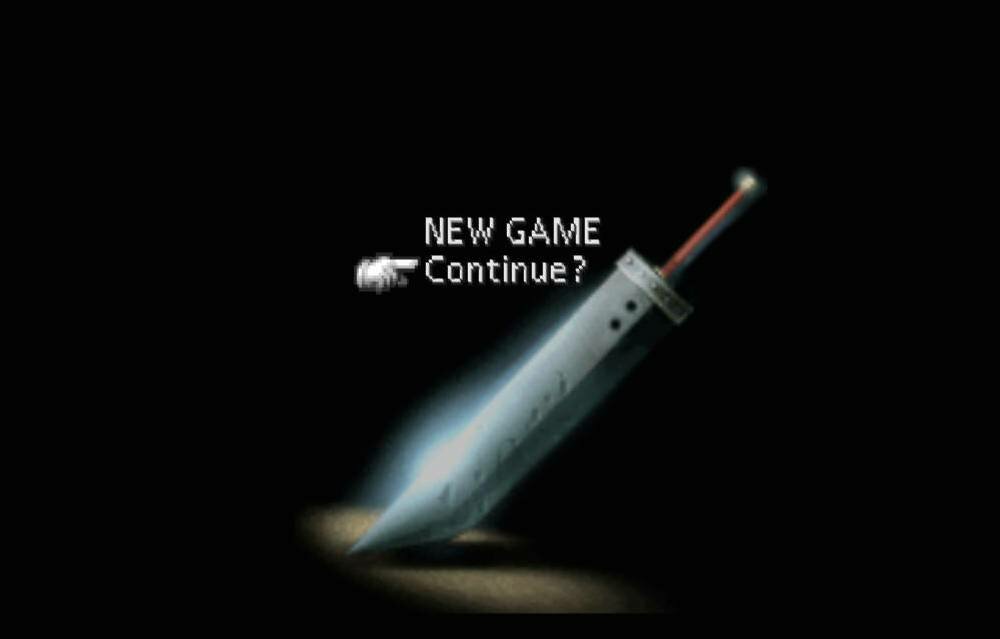
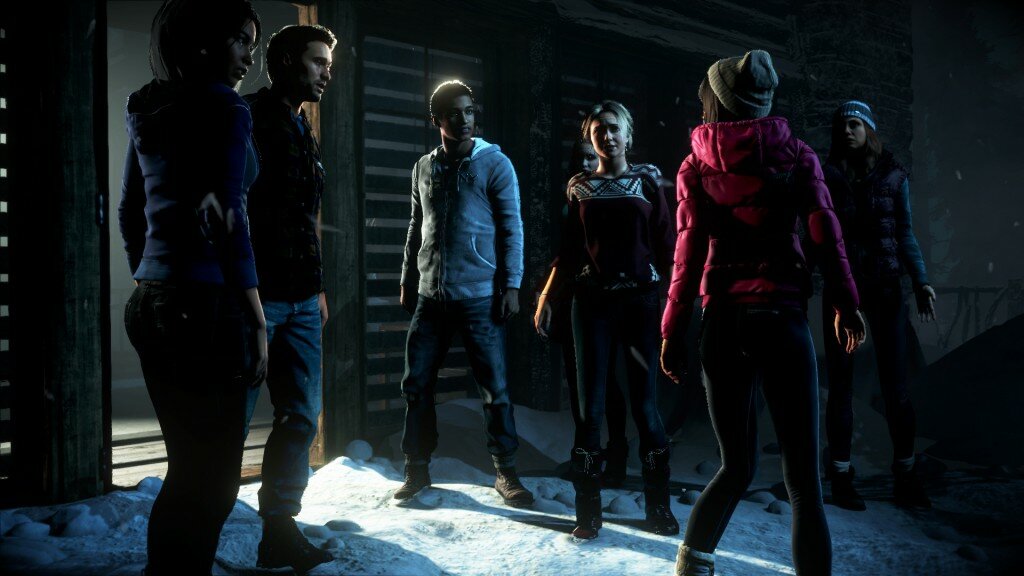
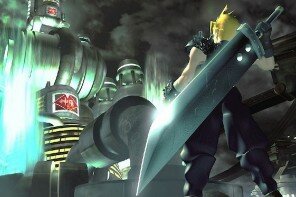

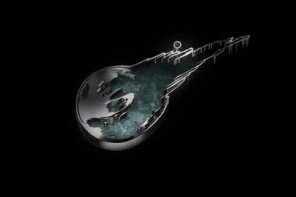

![Fallout-4-Vault-111-640x360[1]](/wp-content/uploads/2015/06/Fallout-4-Vault-111-640x3601-296x197.jpg)

This is such a brilliant read. I’ve only just recently realised how much of a phenomenon that game was. I had always thought it was just me who had such a strong connection to it.
Great job.
Thanks, Mohamed!
It’s definitely not just you, and finding that out for the first time is pretty special.
#finalfantasygate
#CourtOfPublicOpinion #MateriaWitness
I can understand why people would absolutely love an HD Re-make with new character models, but personally, I love the graphics as they are.
There’s a certain charm to it and it lets your mind fill in the gaps. Sure it’s weird walking around as a polygon/pixelated/no-hands/no-mouth/bulky-shoulder character. But, It’s a good representation of what games were like in the past. It was a great game for its time and it’s still great now.
Good Article, I enjoyed it – if I remember correctly, isn’t the game 3 disks?
Three discs, indeed. I owned the original and Platinum releases, and I blame my fuzzy memory for subbing the FFVIII demo disc in there as the mysterious fourth disc.
If there had been a fourth disc, should have been six hours of Barrett reading the news.